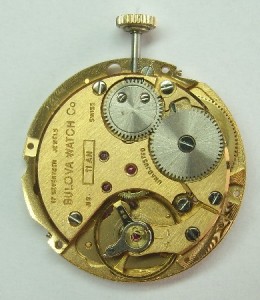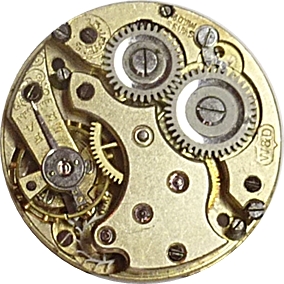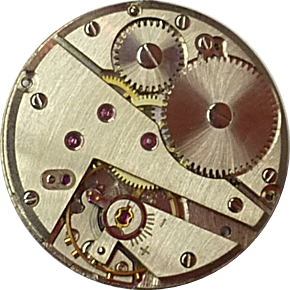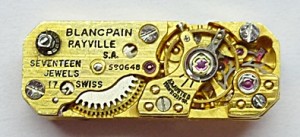For several years I have been interested in watches, or more precisely in mechanical watches. And by no means only for expensive watches from the well-known luxury manufacturers. I’m particularly fond of vintage watches from manufacturers that have long since ceased to exist, new developments from small manufacturers and exotics from faraway countries like India or China. Besides the watches themselves, I am always interested in their history and the movement.

I became more and more fascinated by the little technical marvels inside the watch. I learned how to take them apart and put them back together so that they work again. Every movement has its own peculiarities and some of them have very interesting technical solutions, for example to advance the date.
Here are some pictures that give a small idea of how different movements can be:





With this blog, I want to try to inspire you too for the visual and technical beauty of watch movement. How does a movement actually work? How do I find out who the manufacturer of a movement is? How do I distinguish high-quality movements from simple ones? We will see…
